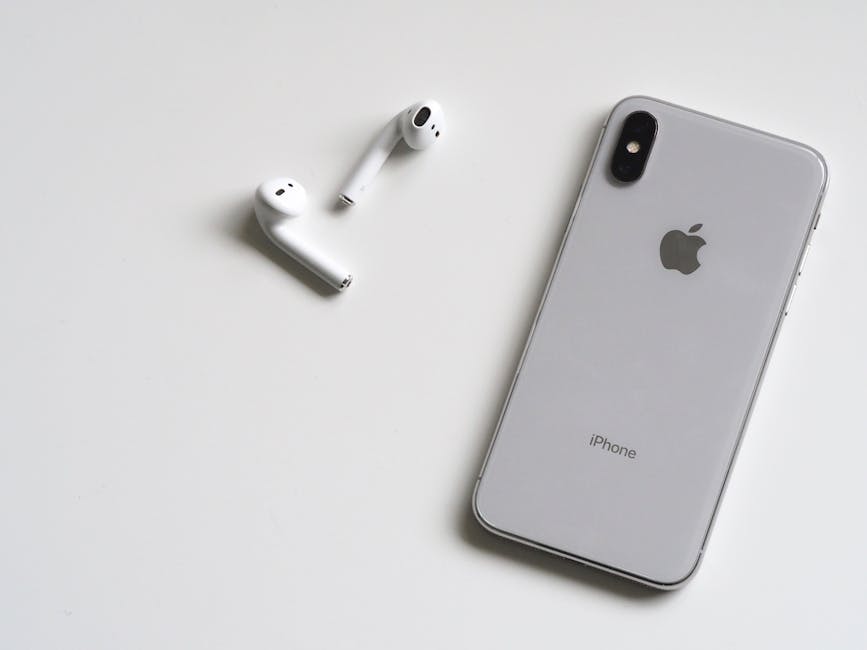Learning how to export favorites from Chrome is essential for safeguarding your bookmarks and transferring them between devices or browsers. This guide will walk you through the process step-by-step, ensuring you never lose your saved websites.
Why Export Your Chrome Bookmarks?
There are several compelling reasons to export your Chrome bookmarks. Backing them up provides a safety net against accidental deletion, browser crashes, or the need to reinstall Chrome. Transferring your bookmarks to a new computer or a different browser also becomes simple, allowing you to maintain your personalized browsing experience across all your devices. You may also consider exporting before trying to .
Step-by-Step: Exporting Your Chrome Bookmarks
The process of exporting your bookmarks from Chrome is straightforward and can be completed in a few simple steps. Here’s how:
- Open Chrome: Launch the Google Chrome browser on your computer.
- Access the Bookmarks Manager: Click on the three vertical dots (the “Customize and control Google Chrome” menu) located in the upper-right corner of the browser window. Navigate to “Bookmarks” and then select “Bookmark manager.” Alternatively, you can use the keyboard shortcut `Ctrl + Shift + O` (or `Cmd + Shift + O` on macOS) to directly open the Bookmark manager.
- Open the Export Menu: In the Bookmark manager, click on the three vertical dots located in the upper-right corner of the page. This opens a menu with several options.
- Select “Export Bookmarks”: From the menu, choose “Export bookmarks.” This will initiate the export process.
- Choose a Location and File Name: A dialog box will appear, prompting you to choose a location on your computer to save the exported bookmarks file. Select a folder where you can easily find it later (e.g., your Documents folder or a dedicated Backups folder). Give the file a descriptive name (e.g., “ChromeBookmarks_Date”) and ensure the file type is set to “HTML file (.html)”.
- Save the File: Click the “Save” button. Chrome will then save your bookmarks as an HTML file in the location you specified.
Understanding the Exported Bookmarks File
The exported bookmarks file is an HTML document. You can open it in any web browser to view your bookmarks as a list of links. This file is not directly usable as a browsing experience, but it’s the perfect format for importing into another browser or back into Chrome. It contains all your bookmarks, including their names and URLs, organized in the same folder structure as they were in Chrome.
How to Import Bookmarks into Chrome
Now that you know how to export your bookmarks, you might also want to know how to import them back into Chrome or another browser. The process is just as simple:
- Open Chrome: Launch the Google Chrome browser.
- Access the Bookmarks Manager: Again, click on the three vertical dots in the upper-right corner, navigate to “Bookmarks,” and select “Bookmark manager.” Or, use the keyboard shortcut `Ctrl + Shift + O` (or `Cmd + Shift + O` on macOS).
- Open the Import Menu: In the Bookmark manager, click on the three vertical dots in the upper-right corner.
- Select “Import Bookmarks”: From the menu, choose “Import bookmarks.”
- Locate the HTML File: A dialog box will appear, prompting you to locate the HTML file you previously exported. Navigate to the location where you saved the file, select it, and click “Open.”
- Bookmarks Imported: Chrome will import your bookmarks from the HTML file. They will be added to a new folder on your bookmarks bar called “Imported.” You can then reorganize them as needed.
Alternatives to Chrome’s Built-In Export Feature
While Chrome’s built-in export feature is generally sufficient, there are alternative methods and extensions that offer more advanced features:
Third-Party Bookmark Managers: Several third-party bookmark managers offer features such as bookmark syncing across multiple browsers, tagging, and enhanced organization. Some also provide more robust export and import options. Chrome Extensions: Numerous Chrome extensions are specifically designed for bookmark management. These extensions often provide features like automatic bookmark backup, cloud syncing, and more advanced export options.
Troubleshooting Common Export Issues
Sometimes, you may encounter issues when exporting your Chrome bookmarks. Here are some common problems and their solutions:
Bookmarks Not Exporting: Ensure you have sufficient permissions to save files to the selected location. Try saving the file to a different location, such as your Desktop. If that doesn’t work, try clearing your browser cache and cookies and then try exporting again. Corrupted Bookmarks File: If the exported HTML file appears to be corrupted or contains errors, try exporting your bookmarks again. If the problem persists, there might be an issue with your Chrome profile. Consider creating a new Chrome profile and then exporting your bookmarks. Missing Bookmarks: If some of your bookmarks are missing from the exported file, ensure that you are logged into Chrome with the correct Google account. Bookmarks are often associated with your Google account and may not be exported if you are not logged in. Also, check if the missing bookmarks were stored in a different profile. Large Bookmarks File: If you have a very large number of bookmarks, the export process may take a while. Be patient and allow Chrome to complete the export process. If it seems to be stuck, try closing and reopening Chrome and then trying again.
Tips for Managing Your Chrome Bookmarks
Effective bookmark management can significantly improve your browsing experience. Here are some tips:
Organize Your Bookmarks into Folders: Create a logical folder structure to categorize your bookmarks. This makes it easier to find specific bookmarks later. For example, you could have folders for “Work,” “Personal,” “News,” and “Shopping.” Use Descriptive Names: Give your bookmarks descriptive names that accurately reflect the content of the linked website. This will help you quickly identify the bookmark you are looking for. Regularly Review and Clean Up Your Bookmarks: Periodically review your bookmarks and delete any that are no longer relevant or useful. This will help keep your bookmark collection organized and manageable. Utilize the Bookmarks Bar: The bookmarks bar provides quick access to your most frequently used bookmarks. Add your most important bookmarks to the bookmarks bar for easy access. Sync Bookmarks Across Devices: If you use Chrome on multiple devices, enable bookmark syncing to keep your bookmarks consistent across all your devices. Consider Using a Bookmark Manager Extension: As mentioned earlier, bookmark manager extensions can provide additional features and tools for managing your bookmarks.
The Importance of Regularly Backing Up Bookmarks
Regularly backing up your Chrome bookmarks is crucial for preventing data loss. By exporting your bookmarks to an HTML file, you create a safety net that allows you to restore your bookmarks in case of accidental deletion, browser crashes, or other unforeseen issues. It’s recommended to export your bookmarks at least once a month, or more frequently if you frequently add or modify your bookmarks.
How to Find Your Chrome Bookmarks on Different Operating Systems
The location of your Chrome bookmarks file on your computer depends on the operating system you are using. While the export function creates an HTML file wherever you choose, the default Chrome profile folder contains other related data. Here’s where to find the relevant folders:
Windows: The default location for Chrome profile data is `C:Users[Your Username]AppDataLocalGoogleChromeUser DataDefault`. macOS: The default location is `~/Library/Application Support/Google/Chrome/Default`. You may need to enable viewing hidden files and folders to see the Library folder. Linux: The default location is `~/.config/google-chrome/default`.
Keep in mind that directly modifying files within these folders is generally not recommended unless you are an advanced user. The export and import functions within Chrome are the safest and most reliable way to manage your bookmarks.
Keeping Your Bookmarks Safe: Best Practices
Beyond simply exporting your bookmarks, consider these best practices for keeping them safe:
Store Backups in Multiple Locations: Don’t just save your exported bookmarks file to your computer’s hard drive. Consider storing it in multiple locations, such as an external hard drive, a cloud storage service (e.g., Google Drive, Dropbox, OneDrive), or a USB drive. This ensures that you have a backup even if your computer’s hard drive fails. Use Strong Passwords: Protect your Google account with a strong, unique password. This will prevent unauthorized access to your bookmarks and other personal data. Enable Two-Factor Authentication: Enable two-factor authentication for your Google account. This adds an extra layer of security by requiring a code from your phone or another device in addition to your password when you log in. Be Careful About Installing Extensions: Only install Chrome extensions from trusted sources. Malicious extensions can steal your bookmarks and other personal data.
- Keep Your Browser Up to Date: Regularly update Chrome to the latest version. This will ensure that you have the latest security patches and bug fixes.
Conclusion
Knowing how to export favorites from Chrome provides peace of mind, ensuring your valuable web links are always safe and accessible. By following the simple steps outlined in this guide, you can easily back up your bookmarks, transfer them between devices, or restore them if needed. Remember to regularly export your bookmarks and store the backup files in multiple secure locations to protect your browsing history. This proactive approach to bookmark management keeps your online world organized and within easy reach.
Related Articles
- How Big is an iPhone 15? A Comprehensive Size Guide
- How to Restore TikTok Streak: A Comprehensive Guide
- How to Clear Cache on iPhone: A Comprehensive Guide






